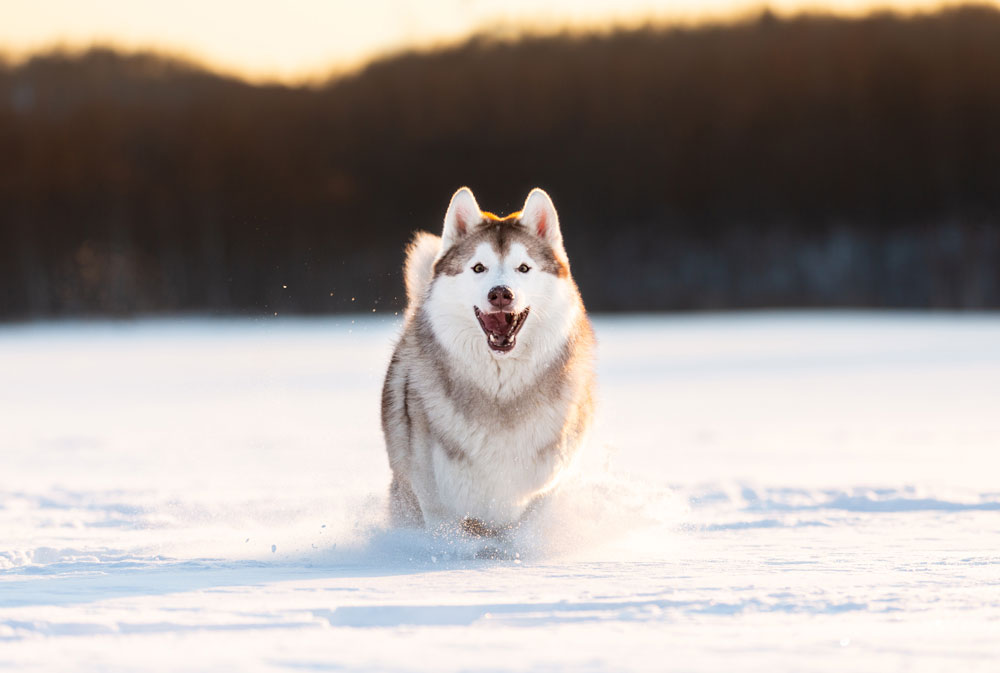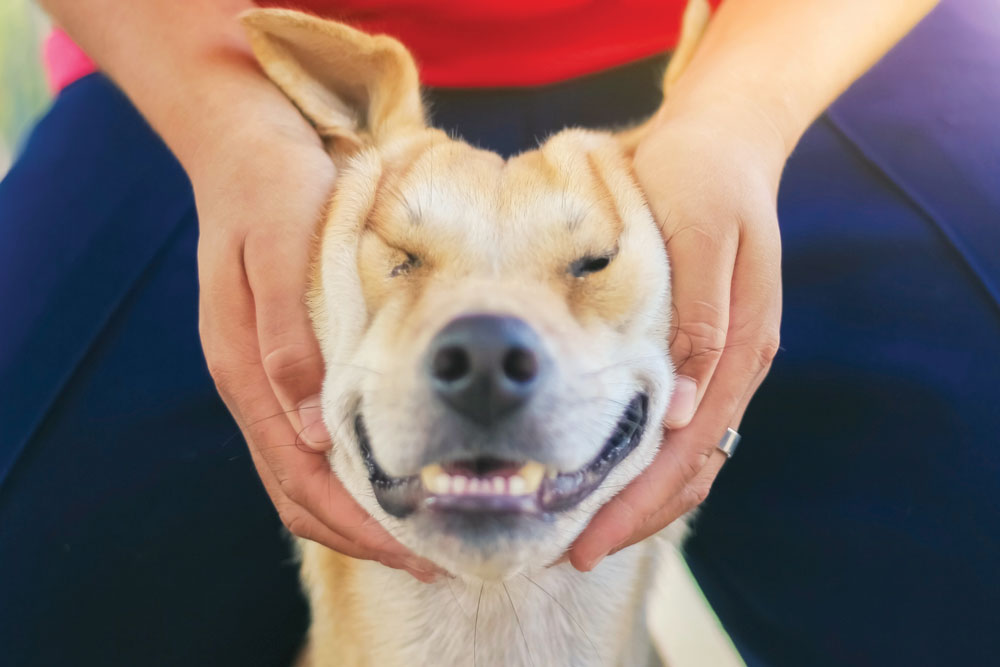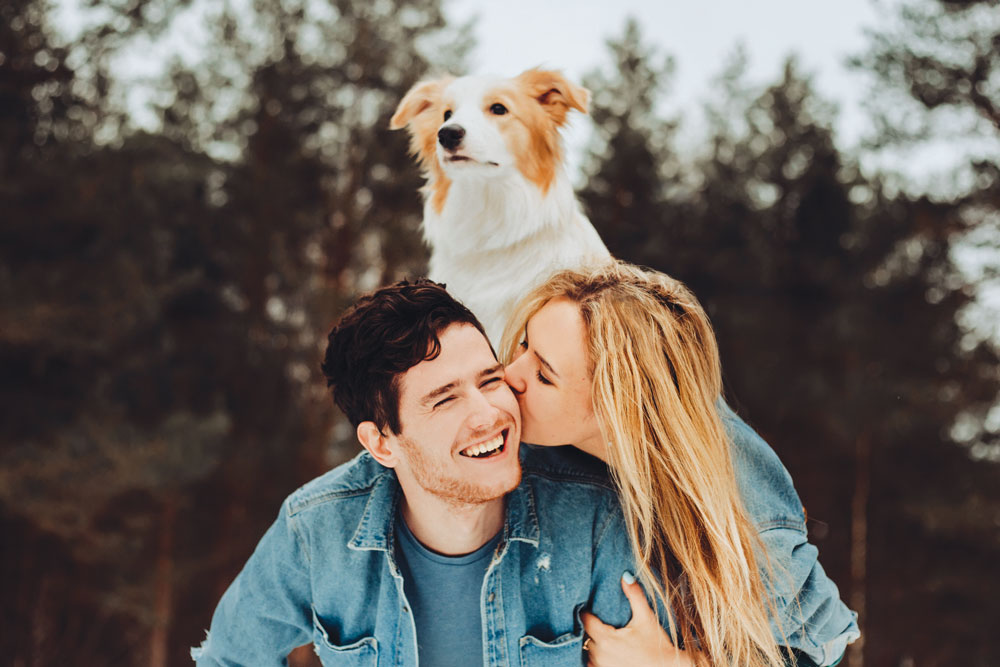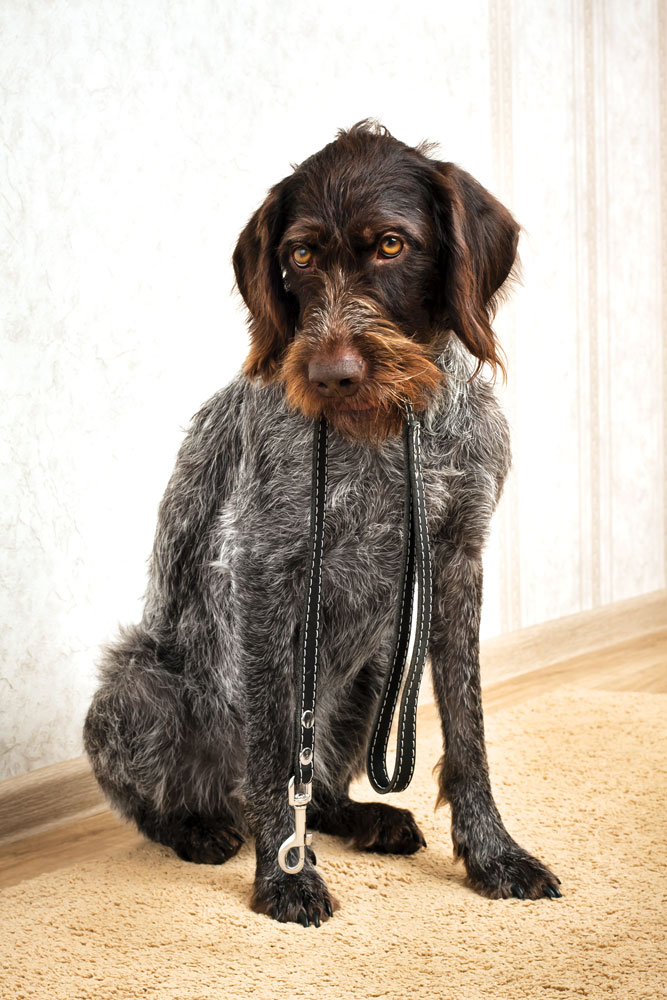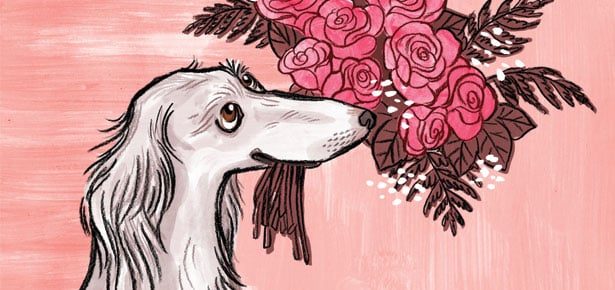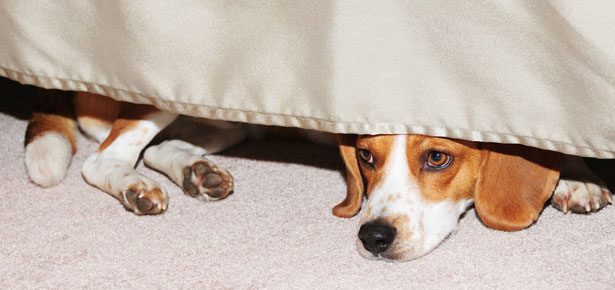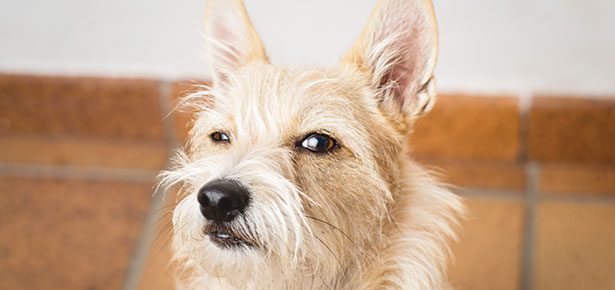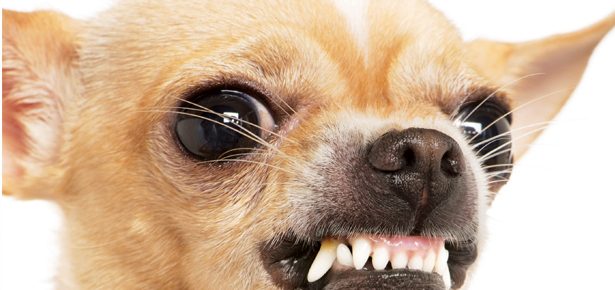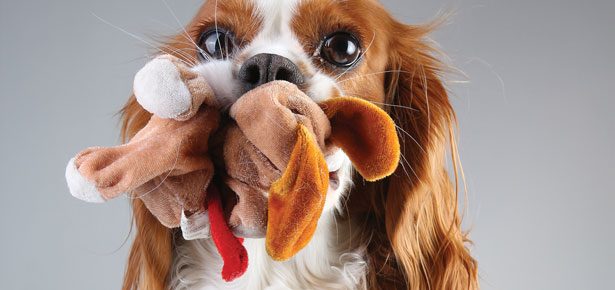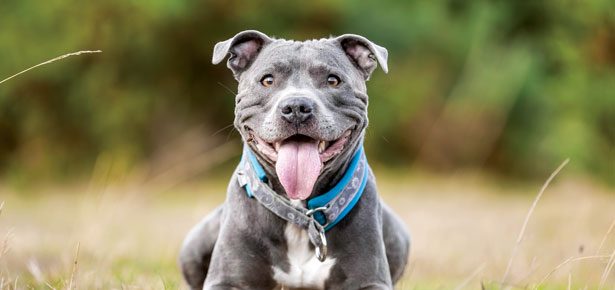
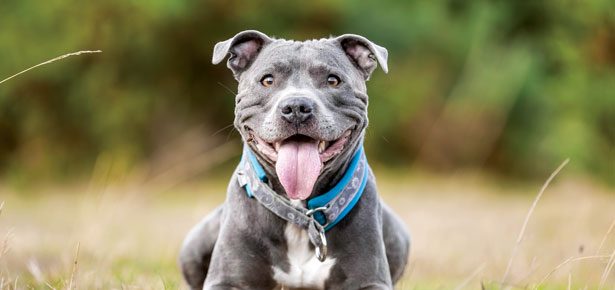
Does Your Dog Play Too Rough?
5 Ways to Calm Your Roughhousing Pooch
There’s a difference between a dog that is playful, and dogs that play too rough! Does your dog turn your living room into a demolition derby? Some dogs go from zero to 60 in two seconds flat, jumping, zooming, and even nipping in their exuberance. While this can be annoying with a 4-pound Chihuahua, it’s downright dangerous in a 70-pound Goldendoodle. How do you know when too much is too much?
Sometimes, it depends on the breed or breed mix you have. A teenage Labrador Retriever is definitely not the same as a teenage Basset Hound when it comes to playing rough. Sporting, herding and terrier breeds in general are extremely active. Did you choose an athlete or a couch potato? Learn about your dog’s breed or breed mix and find out what is considered a normal activity level for him.
When it comes to dogs playing too rough, it can sound like a heavyweight wrestling match when it’s actually just normal. Some dogs are quite vocal when they roughhouse with each other. To determine if they’re playing and not fighting, look at all the dogs in the mix. Is their body posture curvy and bouncy? Good. Is it stiff and straight? Not good. Is there a lot of back and forth between the dogs, each taking turns as to who is on top or chasing the other? Good. Does one dog look unhappy and is trying to avoid the other? Not good. If you think the play is one-sided, intervene.
Even if you think the dogs are loud but ok, it’s a good idea to interrupt them now and again. Call them over to you and have them sit for treats, calm down a bit, then release them back into play. This can help prevent a friendly match from tipping over into a tiff.
Still think your dog is a tornado on paws? If your dog’s overexuberance is wearing on your nerves, here are five ways to help calm the beast.
Image: A.Chernyavskaya/bigstock.com
Alleviate Dog Rough Play #1 Exercise
Many dogs simply don’t get the exercise they need. Unless you are running with your dog, walks are not cardio exercise for most dogs. Letting them run around your fenced back yard doesn’t always work, either. Many dogs will run, then stop and sniff, then run, then stop again. If your dog is young, being destructive, barking a lot, and overly rambunctious, he’s likely not getting enough exercise.
Encourage cardio activity with games. Play fetch with your dog or get him to chase a flirt pole toy. Swimming is a great low-impact exercise. If he is a young dog, be cautious with running or jumping until his growth plates close. Ask your veterinarian if you have questions.
Finding a good dog buddy for him for playdates can tire him out but be careful. A bouncy adolescent Labrador Retriever may not be a safe play partner for a tiny Maltese puppy. One friendly paw over the Maltese’s back could cause harm. Always be careful when mixing large and small dogs.
Start a regular, daily exercise program with your dog, about 15 minutes to a half hour, for a decrease in unwanted behaviours.
Image: Nach-Noth/bigstock.com
Alleviate Dog Rough Play #2 Massage
Incorporate massage a couple times a week into your dog’s routine. At first, you may have to wait until he is tired. With time and practice, this should be a soothing activity to help him settle. Start with short sessions and work up to longer ones as your dog remains relaxed. How to massage your dog!
Image: New Africa/bigstock.com
Alleviate Dog Rough Play #3 Tethering
Your dog may own your heart but you can’t be the center of his attention 24/7. You also need to teach him how to calm down and amuse himself.
Loop a leash around a secure piece of furniture and clasp it to your dog’s collar, tethering him securely. Only do this under your supervision so he doesn’t entangle himself. Give him some hard chew toys and a long-term, food-stuffed toy. This is especially good to do when you want to watch TV or eat dinner.
If he whines or barks, just ignore him. Don’t even make eye contact. If he chews on the leash, spray it with a chew deterrent or use a lightweight chain leash. When he is quiet and picks up a toy, calmly tell him he’s a good dog. Some dogs find this exercise difficult and may not settle down for an hour or so. Just be patient. He will learn to settle down.
If Fido is on a roughhousing rampage and you feel you should intervene before he damages something or someone, then calmly get him and put him on tether. Instead of just yelling at him, you’re giving him an outlet for his energy with appropriate toys.
Image: Kseniyaressy/bigstock.com
Alleviate Dog Rough Play #4 Consistent Boundaries
It’s not fair to let your dog leap up on the couch for cuddle time but yell at him when he lands on your dinner party guest. If you don’t mind Fido on the couch, teach him to sit first, and only jump up when you give him a specific cue, such as “Up.” If he jumps up without you giving the cue, then make him get off.
Everyone who interacts with your dog must follow the same rules, or your dog will never be consistent. No teeth on flesh, ever, even in play. No giggling when the dog paws at your leg. You wouldn’t want Fido gnawing or pawing at a toddler or your grandmother, so set clear rules and stick to them.
Image:rodimovpavel/bigstock.com
Alleviate Dog Rough Play #5 Training
Sometimes, events can trigger your dog’s bouncy behaviour. For example, he’s fine until you pick up his leash. Then he turns into a jumping maniac. If you then attach his leash, you’re just paying that behaviour. Instead, teach your dog to sit, and only get up when you give a release cue, such as “Ok.” Cue him to sit, and then attach his leash. If he bounces right up, don’t repeat yourself. Just wait until he sits again, then try again. Your dog will soon learn that the leash is never attaching until his rear remains on the ground. Training can help channel your dog’s exuberant energy into appropriate behaviours.
Join the newsletter and never miss out on dog content again!
"*" indicates required fields
By clicking the arrow, you agree to our web Terms of Use and Privacy & Cookie Policy. Easy unsubscribe links are provided in every email.
